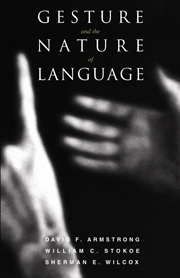The part of Ohthere's narrative which deals with the long voyage from Halgoland to Sciringesheal may have had a twofold purpose: to convey some idea of the immense length of the Norwegian coast, and to relate its extent and its direction to landmarks within his hearer's geographical ken. It has been interpreted variously, however, because the landmarks and their positions relative to each other and to the imaginary voyager along the coast are ambiguous. It appears, despite the impersonal constructions unusual with Ohthere, straightforward matter:
Ohthere reported that Helgoland was the name of the district he lived in. He said that nobody lived north of him; but in the south of the country is a port called Sciringesheal which a man could not reach in a month of coastwise sailing if he camped at night and had favorable winds every day. He would have Iraland to starboard first and then the islands that are between Iraland and this land, and then this land until he reaches Sciringesheal; and during the whole voyage, Norway to port.
Iraland has always been the crux of the passage because of the way that the language relates the two other distant landmarks, “this land” and “the islands,” to it. The natural assumption that it is a permissible variant spelling of Ireland comes immediately into collision with the geographical fact that, even in the most northerly part of the voyage, Ireland would not lie on the starboard, but instead Britain would intervene between Ireland and the voyager. Hence, Iraland has been glossed by various interpreters of the passage as Ireland, Iceland, Scotland, “Ireland-cum-Scotland,” and even as Gotland or Jutland. Moreover, with the exception of Greenland, every island in the North and Irish Seas, aswell as some in the Skagerrak and the Kattegat, has at some time been named to render “þā, īgland þe sind betux Iraland and þissum lande.” Glosses for “this land” are fewer, but still Britain, England, Wessex, and Norway have been offered.
